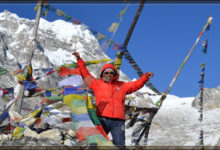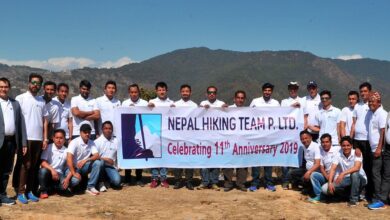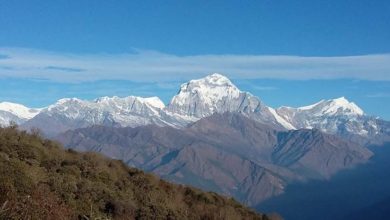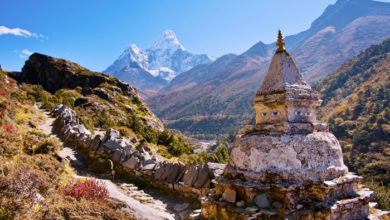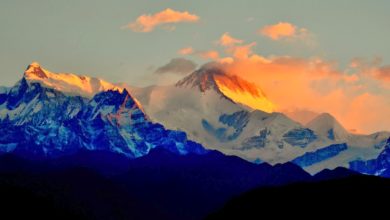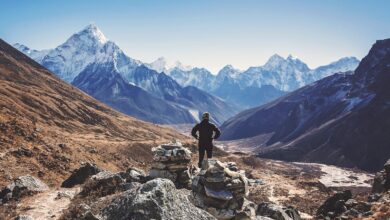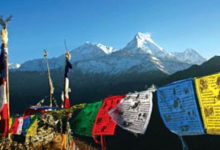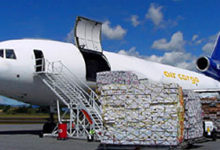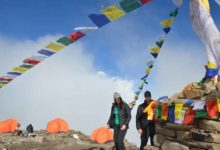Hiking Bees Pvt. Ltd.
Join Hiking Bees Treks & Expeditions for unforgettable trekking tours in Nepal, including Everest and Annapurna Base Camp treks. Expert guides, safe and customized trips.
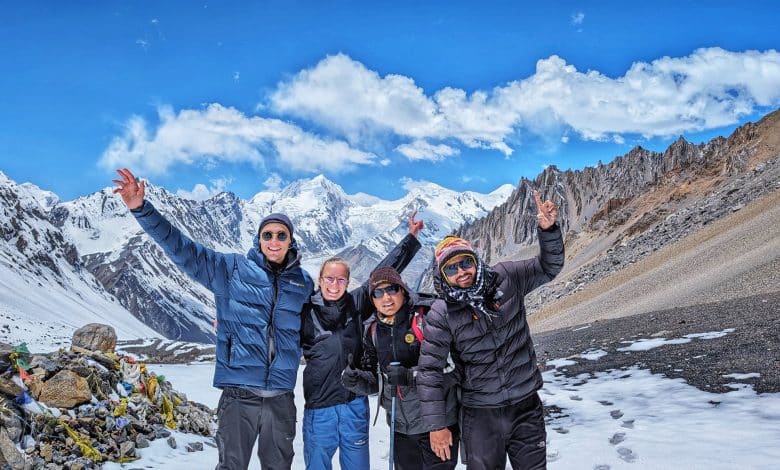
Based in Kathmandu, Nepal, Hiking Bees Pvt. Ltd. is a local trekking agency established in 2022. We arrange a wide range of tourism and adventure activities, from multi day treks and expeditions in the Himalayas to city tours, jungle tours, and short hikes, according to your preferences. Registered with the Nepal government Hiking Bees is a recognised as a reputable company in the tourism industry.
We’re members of:
- Nepal Tourism Board (NTB)
- Trekking Agencies Association of Nepal (TAAN)
- Nepal Mountaineering Association (NMA)
- Kathmandu Environment Education Program (KEEP)
- Village Tourism Promotion Forum Nepal (VITOF-Nepal)
- Pacific Asia Travel Association (PATA).
Our guides are licensed, trained and equipped with years of experience in trekking, tours and expeditions, who can provide professional service to every tourist, whether travelling alone, in a small group, or in a large group. With the help of these dedicated guides, our services aren’t limited to Nepal, but also in Bhutan and Tibet.
Along with the packaged itinerary, we specialize in crafting custom made itineraries, which meets our guests preferences.
Our goal is to build a strong relationship with our guests, which we’ve been doing since we entered this sector. We focus on customer satisfaction and their safety during the journey.
Furthermore, our services include promoting sustainable tourism and helping local communities. Therefore, we’ve gained the best review so far and are growing rapidly in the business.
Our Specialities
- Tailor-made itineraries: Whether you’re aiming for a short escape or an extended high-altitude journey, we craft every trip around you.
- Professional, English-speaking guides: Our experienced team ensures your trek is safe, smooth and full of rich insights into the land and
- Quality accommodation & reliable transport: From mountain-tea-houses to warm guest-houses in Kathmandu, we provide comfort where it counts.
- Responsible tourism: We care for the environment, local communities and sustainable practices — our trek tracks tread lightly.
- Best value + flexible booking: Competitive pricing, transparent planning and helpful support from day one until your safe return.
Hence, when it comes to travel in Nepal, you can rely on us. We assure you that disappointment can’t stand a chance. Just let us know what you are looking for and we will suggest you the best possible itinerary for your trip to Nepal.
Address: Thamel, Kathmandu, Nepal.
Cell No: +977 9860617338 (Panchanga), +977 9841203959 (Bishow)
Email: [email protected]
Web: https://hikingbees.com




